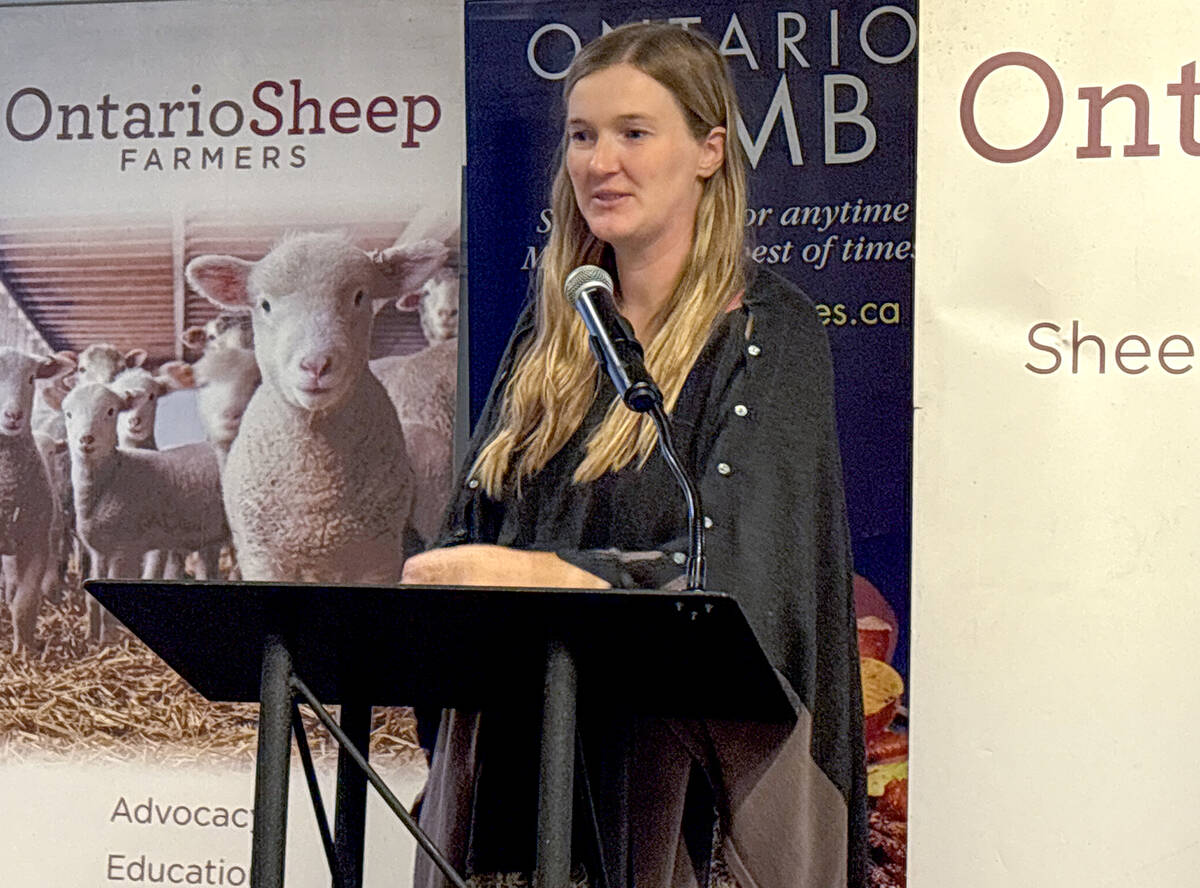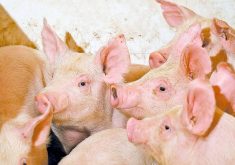Livestock producers are lighting up social media with confusion around Bill 156 Animal Protection Zone (APZ) signage protocols.
A Facebook farming page thread with more than 100 entries discussed and questioned where signage was required, what signs looked like and if signage provided before the Security from Trespass and Protecting Food Safety Act (formerly called Bill 156) came into force would serve the same purpose.
Why it matters: Livestock producers want to ensure their operations are protected by the Act and protocols are followed to ensure trespassers caught in Animal Protection Zones will not only be charged, but also convicted.
Read Also

Footflats Farm recognized with Ontario Sheep Farmers’ DLF Pasture Award
Gayla Bonham-Carter and Scott Bade, of Footflats Farm, win the Ontario Sheep Farmers’ 2025 DLF Ontario Pasture Award for their pasture management and strategies to maximize production per acre.
Jennifer MacTavish, Ontario Sheep Farmer (OSF) general manager, said livestock commodities and the Ontario Federation of Agriculture are working with the government for clarity around some of the wording and have posted up-to-date information for members to their respective websites and aboutBill156.com.
“We’re working through all of these same questions with the government,” MacTavish said. “The requirements for new signs, from what we understand, will be minimal.”
An Ontario Ministry of Agriculture, Food and Rural Affairs representative said the Act outlines three specific types of Animal Protection Zones (APZs) covered under the Act.
Type A covers animal enclosures, including barns and fully fenced pastures.
Type B encompasses areas marked with signs by the owner where animals may be kept or located as per the Act’s requirement as an APZ.
Type C areas are prescribed as an APZ by the minister’s regulation and include land where animals congregate before transportation from the farm to another area, where animals are displayed or shown and pens within the premise where animals reside.
The Act makes it very clear Type B is the one area that requires APZ signage, however, the interpretation of the sign requirements has been the cause of much debate.
A ministry source said the entire sign must be orange, read Animal Protection Zone, and be large enough to host a circle 30 centimetres in diameter.

There is no regulation indicating the sign must be circular, or have an orange circle on it, said the source.
Signs must be posted at APZ entrances and boundaries and be plainly visible in daylight.
Type A and Type C areas do not require signs to be covered by the Act, however, if owners choose to post signs Type B area parameters apply.
Provincial commodity association members should reach out to their association representatives, respective websites or aboutbill156.com and click ‘Info for Farmers’ for a breakdown on signage, animal protection zones, prescribed premises, interference interaction and other Act information.
“We are quite pleased with the Bill and greatly appreciate the work Minister (Ernie) Hardeman and his staff put into it,” said Marc Carere, OSF chair. “If posting a specific sign is what we need to do in order to be in compliance and thereby have the protection the Bill offers, I would suggest that it is not overly burdensome.”
Producers are committed to getting this right to ensure everyone gets the maximum coverage from the Act, said Eric Schwindt, Ontario Pork chair.















